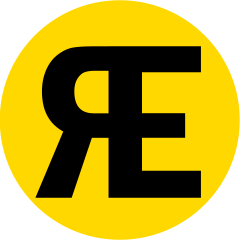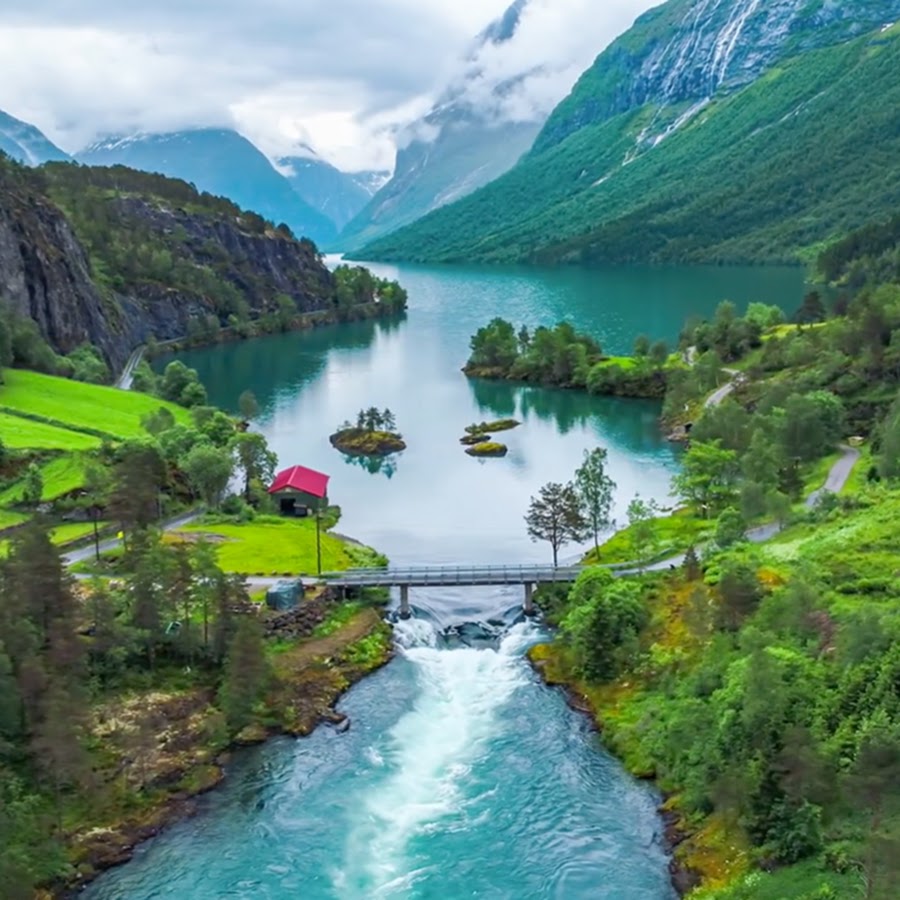Video Player is loading.
319
views •
July 24, 2021
Why Are These Railways so Perfect?

Railway Explained
0 Followed
- GET NordVPN: Go to https://go.nordvpn.net/aff_c?offer_id=601&aff_id=58803 to get a 2-year plan with a huge discount.
- Book train, bus & flight tickets through the Omio: https://omio.sjv.io/VyNY4k and support our channel. Thanks.
- Support us on Patreon: https://www.patreon.com/railways_explained
----------------------------------------------------------------------------------
► Railways Explained aims to establish a WORLDWIDE COMMUNITY of all RAIL LOVERS, WORKERS AND EXPERTS, by creating regular, entertaining, and educational railway content of high quality.
► If you find yourself in at least one of these three groups, support this idea by SUBSCRIBING TO RAILWAYS EXPLAINED.
---------------------------------------------------------------------------------------------------------------
Support us on Patreon: https://www.patreon.com/railways_explained
---------------------------------------------------------------------------------------------------------------
- When somebody mentions the Japanese railways, everyone thinks of bullet trains, their speed, or the so-called "pushers" or "oshiya" that literally cram people onto crowded trains.
These are of course interesting details about the Japanese rail system, however, as every time, we will try to give you a bit more - a comprehensive story about these fantastic railways from many different aspects. And we are free to say - the most comprehensive available.
In the beginning, we briefly spoke about the history of railways in Japan, starting with Japan’s first railway line, from Shimbashi in Tokyo to Yokohama, which was opened in 1872.
We also covered the development of the Japanese railway network, the creation of Japanese National Railways in 1949, and the high-speed revolution brought by Shinkansen. The first Shinkansen line (Tokaido Shinkansen) was built in 1964 as the world's first high-speed rail line, after which, in the period of few decades, six additional Shinkansen lines have been built.
Special attention has been paid to the absolutely stunning railway reform that has been carried out in Japan starting from 1987.
Finally, we discussed the effects of that reform, the current performance of Japanese railways, the finances, and of course, the safety and punctuality of Japanese trains!
If you want to know all about this great railway system, check out our video!
Enjoy!
-----------------------------------------------------------------------------
Special thanks to our Patrons: David Brandon, Brendan McKeon, Linda Vainomae-Hoffmann, Andrew Saffrey, Myron York, Gerald Brady, Tim McKeoun, and August Bigelow!
-----------------------------------------------------------------------------
Credits: https://drive.google.com/file/d/1KvDb3QHiiFA9wxu-GJifiv67CKhMMLrK/view?usp=sharing
- If you enjoyed this video, SHARE it with your rail-loving friends to help us raise our community, and of course, leave your opinion in the COMMENT section and hit the LIKE button.
-----------------------------------------------------------------------------
► Stay connected with us on social media:
- Facebook: https://facebook.com/RailwaysExplaine...
- Instagram:https://www.instagram.com/railways_ex...... igshid=k0tv5loew79e&fbclid=IwAR0Ix2jPPbcUwhArt_iym9vzKgvrUQaLLH_4JkhILyzyY_upCyxTf5qxcwA
- Linkedin: https://www.linkedin.com/in/railways-......
#Japan #Railways #Shinkansen
Show All 
Comment 0











